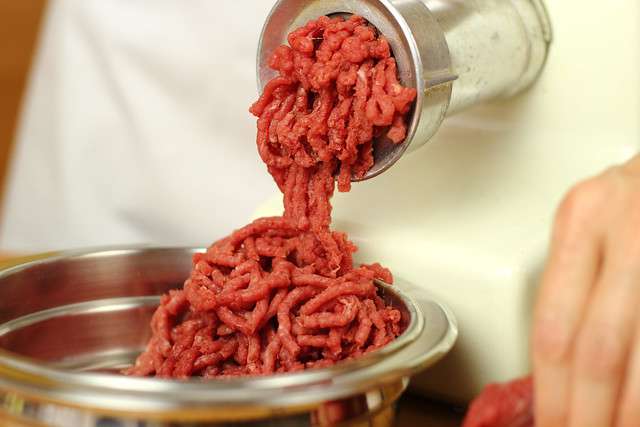
Spectrophotometry has become a widely accepted and effective method of food safety analysis in milk products and is used for rapid and continual monitoring in the dairy industry. Image Source: Flickr user hobvias sudoneighm
We all need food to keep us healthy and nourished, but sometimes the very foods we eat can cause severe illness. Trace chemical elements or contaminant are often found in our food supply chain and can cause serious problem in human health, but through the versatile uses of spectral analysis, the detection of many of these toxins have become both rapid and effective.
There are many various sources of food poisoning and contamination, but trying to determine or detect the source of illness can often be a challenge. However, knowing the source of contamination or taking preventative measures to keep dangerous substances out of our food sources is important. There are a variety of methods used for this analytical process, but many are time consuming and expensive. Spectral analysis using UV/VIS spectrophotometry is a simple yet effective method for the determination of food contaminants in many cases.
Spectral analysis of milk
Milk is a major source of nutrition and sustainability around the world. Whether drinking a glass of milk for its nutritive values or adding it to your favorite recipe, the food safety of this product is essential. You may remember the food safety incident in China from 2008, where approximately 300,000 people lay victim to food poisoning from a tainted milk supply. Melamine was the culprit in this case and was used as an additive to increase the perceived protein levels and offer the appearance of a more nutritious dietary supplement. Melamine is a highly toxic industrial chemical that can be found in many plastics and resins. According to the FDA (food and drug administration), unsafe levels of melamine in foods “may put people at risk of conditions such as kidney stones and kidney failure, and of death”.
During the 2008 outbreak, the dairy product imports from China were banned and food safety analysts began continuously monitoring milk products for unsafe levels of melamine. There are several methods of analysis that effective in melamine monitoring, but most are very time-consuming and costly. This incident sparked research in other methods of melamine determination and researchers found that spectral analysis offered a rapid and effective method of detection. This allowed for continual monitoring of food safety in milk products and resulted in the widespread implementation of this method in the dairy industry.



